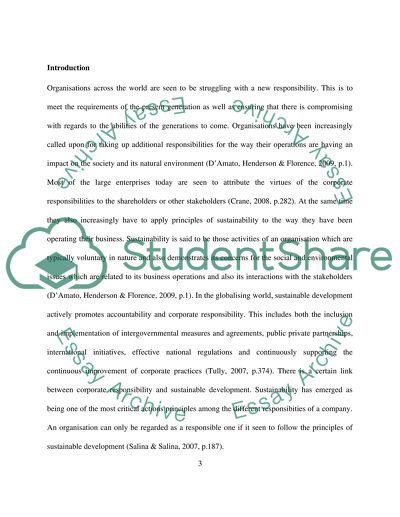Cite this document
(“Corporate Responsibility and Sustainable development : Tobacco Essay”, n.d.)
Retrieved from https://studentshare.org/environmental-studies/1409957-corporate-responsibility-and-sustainable
Retrieved from https://studentshare.org/environmental-studies/1409957-corporate-responsibility-and-sustainable
(Corporate Responsibility and Sustainable Development : Tobacco Essay)
https://studentshare.org/environmental-studies/1409957-corporate-responsibility-and-sustainable.
https://studentshare.org/environmental-studies/1409957-corporate-responsibility-and-sustainable.
“Corporate Responsibility and Sustainable Development : Tobacco Essay”, n.d. https://studentshare.org/environmental-studies/1409957-corporate-responsibility-and-sustainable.


